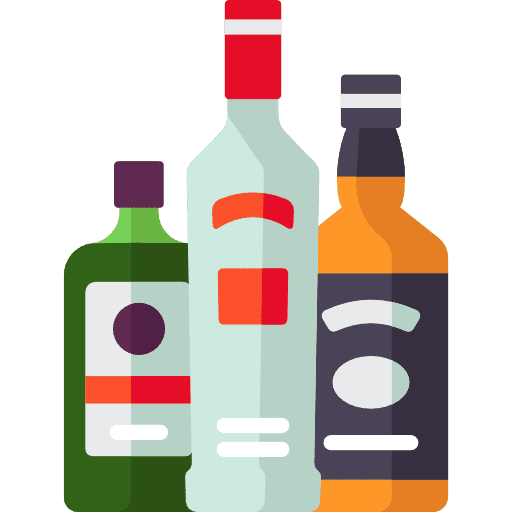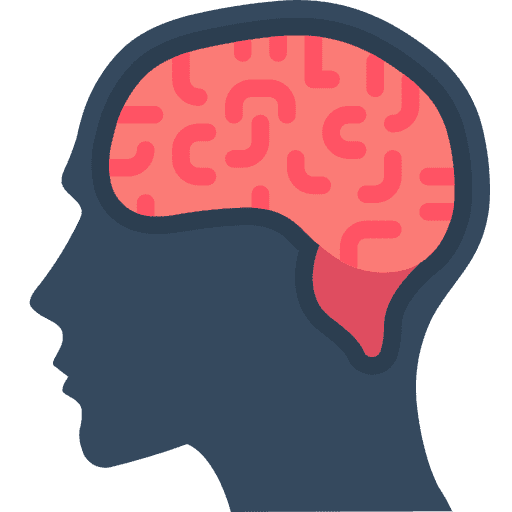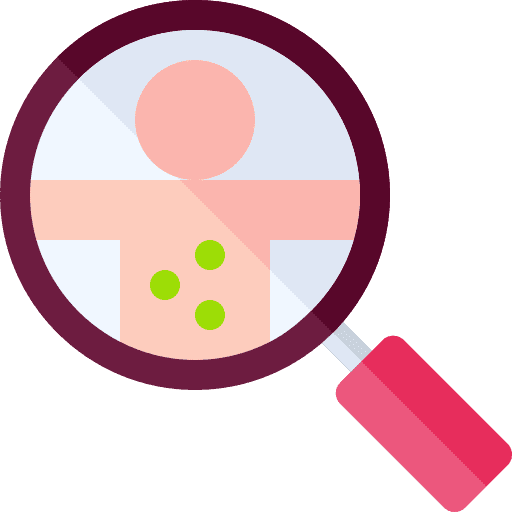
Alcohol Kills

Make Unconscious

A person who is dependent on the consumption of alcohol is called an Alcoholic, and the state of alcohol dependence is called Alcoholism. It has been a long time since alcoholism was classified as a disease. The pattern of drinking alcohol, in this case, is such that it involves obsession and compulsion for the drug, affecting the bio, psycho, social, and spiritual side of the drinker.




Research tells us that 10% of the population turns out to be alcoholics, while the rest of the population comprises social drinkers. Alcoholics are in heavy denial and are least aware of the serious physical and psychological complications to follow. Social relationships are also badly disrupted. One fails to perform normal tasks, like caring for personal hygiene, stops taking an interest in activities one used to enjoy, regulates one’s routine, runs daily errands, etc.
According to the World Health Organization (WHO), there are approximately 140 million alcoholics worldwide. Most of them don’t get proper treatment. Alcohol is responsible for 1 out of 25 deaths occurring worldwide. National Institute of Health (NIH) reports that in the U.S. alone, there are about 10% male alcoholics and 5% female alcoholics. Similarly, the National Health Service (NHS) estimates that 1 out of 13 people is an alcoholic in the U.K.
Alcohol can be abused by anyone; it is not solely associated with alcoholism or alcohol dependence. Even social drinking should not be underestimated because it can eventually lead to increased consumption, which can cause problems.
To develop a better understanding of Alcoholism, we should look at its nature, that has four aspects:

Alcoholism is a chronic illness, just like diabetes, heart disease, hypertension, cancer, etc. A person can learn to manage and live with it but is not able to cure it.

As time goes by, alcoholism keeps getting worse, affecting a person’s bio, psycho, social, and spiritual health.

Alcoholism does not require any other conditions to originate. It is independent and it has its own reasons to develop.

It is self-explanatory that if a person doesn’t resort to treatment at the earliest possible, alcoholism may prove to be fatal.
One should look out for clear indications of alcoholism that include:

Due to a person’s exposure to alcohol, his brain and liver adapt to alcohol itself, which results in a reduced response of the body. In that case, the person needs more of the drug to produce the same effect.

These are experienced by the alcoholic as he decreases or stops consuming alcohol. Common symptoms include insomnia, tremors, nausea, and panic attacks.
As the person advances with his alcohol consumption, the aforementioned indications result in two consequential factors that are a clear sign of alcoholism.

Here, a person’s primary reason for drinking is to keep withdrawal symptoms under control and keep functioning normally. Hence, a person sees alcohol as a medication.

Here, a person loses control over three areas: the amount consumed, time and place of alcohol use, and the duration of the drinking episode. These two factors clearly differentiate between an alcoholic and a social drinker. Along with many complications, alcohol badly affects and inflicts damage to the liver in innumerable ways. Instead of putting one’s life at risk, one should resort to alcohol treatment at the earliest possible for better outcomes.